Teen’s case underscores 3 takeaways for managing intractable symptoms
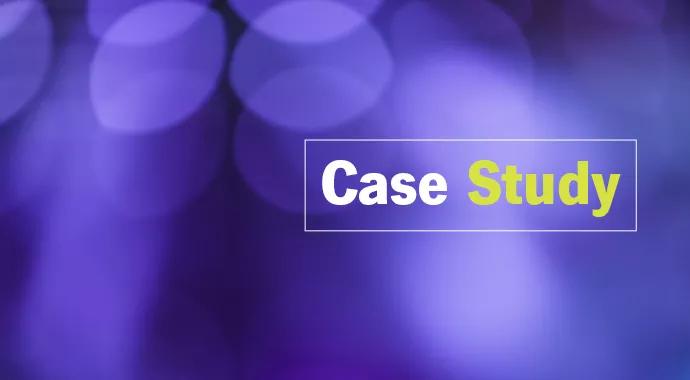
Cleveland Clinic is a non-profit academic medical center. Advertising on our site helps support our mission. We do not endorse non-Cleveland Clinic products or services. Policy
After a concussion, patients want to know when they can get back to “normal” — whether that means school, work, sports or social activities. The answer is rarely simple. The following case study illustrates the need for collaboration and comprehensive management options in the face of seemingly intractable symptoms.
In September 2013, a 13-year-old female suffered a concussion during a soccer game after her head was hit by a kicked ball and she subsequently fell. She lost consciousness for a couple of minutes, was disoriented, suffered immediate headaches, and had pupils of differing sizes. EMS transported her to a Cleveland Clinic regional hospital for further assessment and a CT scan, which showed normal results. The patient was discharged with educational materials and instructions to follow up with a primary care provider.
She saw her physician six days later. Her parents were concerned by her symptoms — particularly her severe headaches — and wanted to know when she could return to school, ballet, soccer, cheerleading and other activities.
During the primary care visit, the patient reported headaches, irritability and emotional concerns, nausea, and difficulty concentrating. She was referred to Cleveland Clinic’s Concussion Center.
When the patient was first assessed by the Concussion Center team (including me, an athletic trainer and others), she was highly sensitive to light and sound, so evaluations took place in a darkened, quiet room. Initial assessment included completion of a graded concussion symptom checklist. History-taking about the present illness was complicated by the patient’s amnesia for the event. She could remember the ambulance ride but not the on-field incident or its immediate aftermath. Her parents detailed her initial symptoms and the concerns that prompted her emergency department evaluation. She had been unable to tolerate a return to the classroom and was struggling with focus and concentration. She felt “foggy” in her thinking and struggled with headache severity, neck pain, dizziness, nausea, and light and sound sensitivity.
Physical and neurologic examination revealed the following:
Using the Cleveland Clinic Concussion (C3) App, we assessed symptom severity, reaction time, balance function, concentration and processing speed. Symptom severity was high, concentration was impaired, and both processing speed and reaction time were slowed.
Our clinical impression was of a concussion of high symptomatic severity, with sequelae including acute post-traumatic headache, convergence insufficiency, cervicalgia, occipital neuralgia, vestibulopathy, cognitive impairment and orthostatic tachycardia.
Initial treatment was supportive and conservative, consisting of naproxen sodium (with food) for headaches, avoidance of activities that worsened symptoms, lower extremity exercises and increased salt intake for treating orthostatic tachycardia, and melatonin for sleep normalization and headache.
At one-week follow-up, symptom severity remained high. Convergence insufficiency had improved. She was referred for vestibular rehabilitation through physical therapy. By her third visit, the patient’s light-headedness, orthostatic tachycardia and vestibulopathy were improving, but the severe headaches, cervicalgia, occipital neuralgia and other symptoms persisted. She had significant difficulty tolerating the headache symptoms during school and absorbing new academic material. School accommodation — including allowance for rest breaks, symptom reduction and return to the classroom — was tried without success. Academic material was brought home and a recommendation was made for home tutoring.
We obtained a 3-tesla MRI to evaluate for structural abnormalities that might explain the cognitive difficulties and continued symptom severity, but it showed no evidence of imaging sequelae of traumatic brain injury. Concurrently, we started prescription medication for headache prevention, performed bilateral greater occipital nerve blocks, and referred the patient for cognitive behavioral therapy and biofeedback therapy, as well as acupuncture and additional physical therapies through Cleveland Clinic Children’s Hospital for Rehabilitation. The patient also increased her physical activity by riding a stationary bike for 30 minutes per day.
Despite this intensive outpatient management, the patient continued to struggle with high symptom severity at 90 days post-injury. In January 2014, she entered Cleveland Clinic Children’s intensive three-week Pediatric Pain Rehabilitation Program under the care of pediatric physiatrist Benjamin Katholi, MD. A comprehensive mix of physical therapy, cognitive behavioral therapy, biofeedback, group therapy sessions, pain management and other techniques, this program helped her finally return to school in a limited capacity. Following the intensive portion of the program, she continued outpatient therapy and added work with a speech therapist to improve memory and cognitive skills. In spring 2014, she began receiving botulinum toxin injections for the intractable migraine headaches resulting from her concussion, and significant improvement followed.
Finding the appropriate therapies took time, as did finding the right pharmacologic and nonpharmacologic approaches. For example, whereas amitriptyline, cyclobenzaprine, propranolol and gabapentin were not beneficial when the headaches evolved from a predominantly tension-type pattern into an intractable migraine pattern in March 2014, topiramate eventually proved helpful. Bilateral greater occipital nerve blocks have been helpful as an adjunctive therapy when the patient’s occipital neuralgia has flared.
The patient’s headaches persisted throughout 2014 but have been better managed since 2015. She receives the greatest benefit from botulinum toxin injections every 90 days, with topiramate (100 mg daily) as an added preventative. With school accommodations, her academic performance has improved. Managing headaches in the presence of life stressors has been a continued challenge marked by peaks and valleys. Ongoing work on coping mechanisms and strategies with an experienced pediatric psychologist has been essential.
She has resumed noncontact sports, once again participates in dance and is active on the drill team. However, due to the severity of her post-concussion syndrome, we recommended against contact sports such as soccer and stunt-based cheerleading.
When I see this patient now, it feels like a successful journey, although we remain prepared to manage symptom relapses. Progress toward clinical recovery for this patient involved a tremendous amount of time and collaborative care.
This case highlights several important factors for any clinicians who treat patients with concussions:
Dr. Russman, Co-Medical Director of Cleveland Clinic’s Concussion Center, is a vascular neurologist and brain injury medicine specialist.
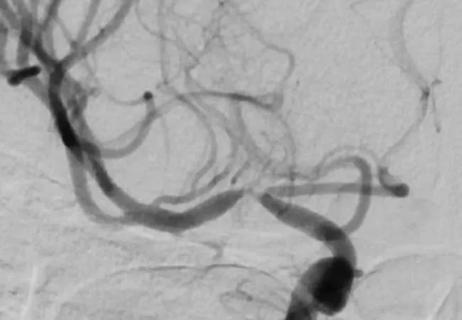
When specialized surgery makes sense for moyamoya syndrome
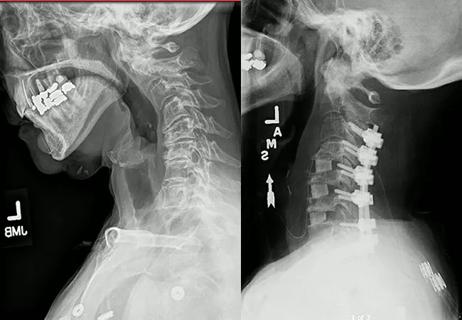
Multilevel cervical fusion restores function in an athletic 78-year-old
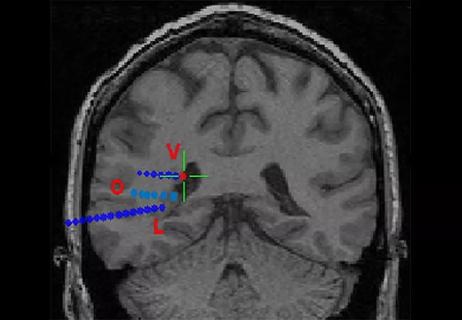
Case study underscores the imperative for thorough evaluation with SEEG
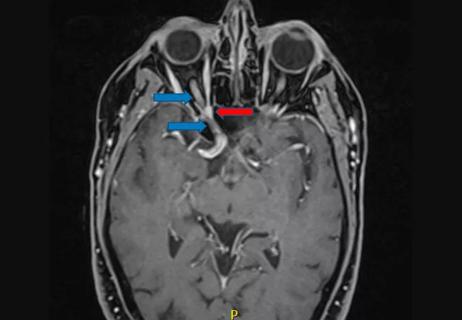
Schwannoma of the lacrimal nerve threatened right eye blindness
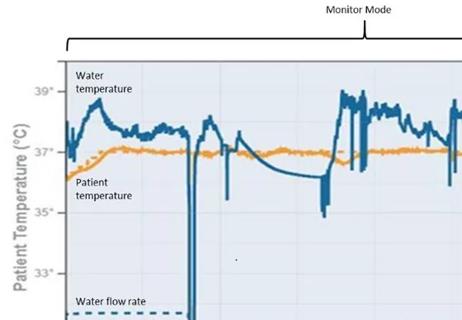
Case report demonstrates utility in a brain-injured patient
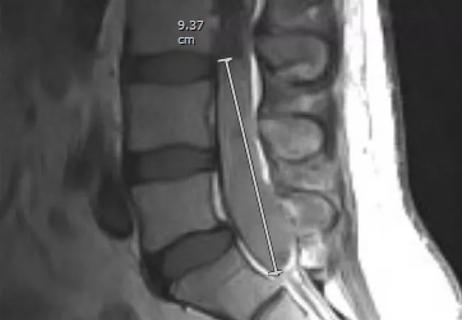
Partial resection plus radiation leads to good outcome from an unpredictable tumor
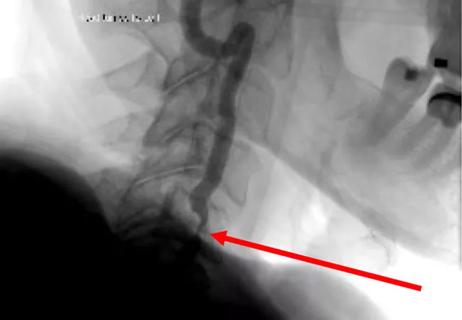
Diagnosis and treatment of rotational vertebrobasilar insufficiency syndrome
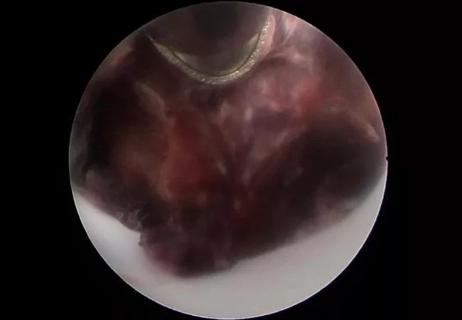
First reported case expands use of minimally invasive techniques